Getting Gillnets OFF of the Mainstem Columbia
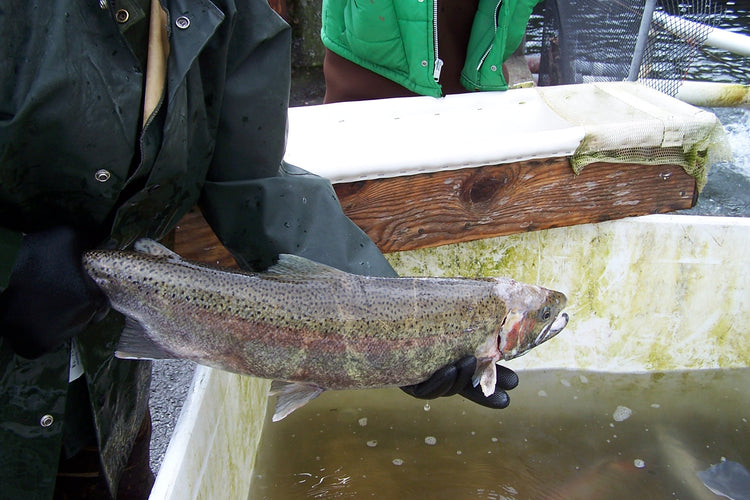
The Columbia River
The Columbia River is one of the last remaining inland rivers in the United States that still allows commercial gill-netting.
Over the past years, the Columbia River has been ripe with debate over whether or not it should be allowed. The primary debate is over the mainstem Columbia, where hundreds of thousands of fish, including ESA-listed salmon & steelhead migrate upstream each year.
Fishing Addicts Northwest met with the CCA in January of 2017 (Coastal Conservation Association) to discuss CCA's efforts to remove mainstem Columbia Gill-netting. You can watch the Live Feed Below:
What is CCA?
The Coastal Conservation Association is an advocacy group for fish and angling opportunity. By protecting and working for stronger fisheries, its goal is to promote angling growth for the benefit of wildlife, economy and recreational value.
CCA recently had it's National 40th Anniversary. They have been active in the Northwest for 10 years. Washington, Oregon and California are the newest chapters. There are 18 state chapters that are volunteer run. Funding for CCA comes from memberships, of which a base membership to support CCA and it's efforts is $30 annually.
 Sturgeon Harmed by Gillnets
Sturgeon Harmed by Gillnets
The original Columbia River plan for moving gillnets off of the mainstem and into select areas like Young's Bay, and Deep River, was headed by CCA. They have helped secure over $100,000,000 for hatcheries, but not just to maintain the same hatchery practices, rather to improve hatchery practices to newly discovered science. They do believe that certain rivers can benefit from hatchery production when done properly and thus support well-run and well-managed hatcheries. CCA is not anti-commercial fishing, but instead believes gillnets have no place in modern day fisheries and should be moved off of the mainstem and into selective fisheries with less by-catch impact.
Derelict Nets A huge focus of CCA has been derelict net removal. "Ghost nets" as they are called, are extremely harmful to fisheries. ⅓ of wildlife die in ghost nets. Why? It is easy for a salmon, steelhead, sturgeon or other marine life to get stuck in the nets. When they get stuck, they die. When they die, they attract other fish, who subsequently die in the nets. Sturgeon are particularly susceptible to these nets.
Columbia River Reform Policy
 The Columbia River Reform Policy was created to have a gradual plan for removing gillnets from the mainstem Columbia River - but still allow in side channels/select areas. The plan was developed as a compromise to Measure 81, a ballot initiative that would have banned gillnets in only Oregon waters. Both recreational & commercial representatives were on the panel (32 people) who developed the Columbia River Reform Policy and there were 3 meetings around the PNW. It was to have a 4-year changeover and examine selective gear in the mainstem (such as seine nets.)
The Columbia River Reform Policy was created to have a gradual plan for removing gillnets from the mainstem Columbia River - but still allow in side channels/select areas. The plan was developed as a compromise to Measure 81, a ballot initiative that would have banned gillnets in only Oregon waters. Both recreational & commercial representatives were on the panel (32 people) who developed the Columbia River Reform Policy and there were 3 meetings around the PNW. It was to have a 4-year changeover and examine selective gear in the mainstem (such as seine nets.)
When it came time to deliver on the promise, which was partially paid for by Columbia River Salmon & Steelhead Endorsements, Oregon didn’t accept the compromise. Many felt like Oregon had essentially misled the public and then pulled the plug when it came time to deliver. Washington State did follow through on their side, but with the Columbia River being shared by both Oregon and Washington, it has created major unrest.
How are Gillnets Harmful?
 Gillnet is considered by many as an archaic form of catching fish. What is called 8 inch mesh is really a 4/4 inch square. Only the smallest of steelhead (ESA-Protected Endangered Species Fish) can get through this netting.
Gillnet is considered by many as an archaic form of catching fish. What is called 8 inch mesh is really a 4/4 inch square. Only the smallest of steelhead (ESA-Protected Endangered Species Fish) can get through this netting.
Wild steelhead, which are typically larger than hatchery fish, are particularly susceptible to this type of net. Large, healthy wild fish have almost no chance when they try to swim through. Those that do make it through are often left with scars and gashes.
There has been no harvest for steelhead commercially since 1975. In 1942, approximately 240,000 steelhead were harvested commercially. Still, gillnets often end up in steelhead traffic lanes especially during spring chinook season. When fish are pulled over the rollers, they undergo a lot of stress that can cause eventual or quick death. In summer months, survival rate is extremely low, much more-so than sport-catch. For Summer Chinook - half of commercial catch is by-catch (steelhead, sturgeon, wild salmon etc.)
 Wild Steelhead Harmed by Gillnets
Wild Steelhead Harmed by Gillnets
East-side Columbia River fisheries such as those in Eastern Washington and Idaho are extremely limited by lower river fishing. All of the salmon and steelhead swim through the lower Columbia on their way upstream and if impact is too large, Eastern Columbia fisheries are closed to fishing.
Bang for Buck? A very conservative estimate of economic impact ratio of Sport vs Commercial is 12/1.
 Many studies put it much higher.
Many studies put it much higher.
The dollar to pound of salmon ratio for recreational anglers is hugely lopsided against Commercial catch. Recreational cost has been estimated at anywhere from $200 - $800 a pound. Commercial cost per pound is $2.19, bringing very little benefit economy wise.
From gas, to tackle, hotels and food, recreational anglers contribute hugely to local economies, and not just the economies they live in. Many recreational anglers travel to small towns that otherwise would have very little visitors, but because of a nearby fishery, they get an economic boost during fishing season.
Communities that have lost fishing opportunity often turn into near-ghost towns with extremely low income averages.
Economic Comparisons : Recreational anglers are the largest source of income to WDFW :
71.7 million
Commercial Salmon Fishing : Ocean and Columbia river fisheries to WDFW :
2.6 Million (Includes guides)
When Ocean fisheries and recreational guides are factored in, Columbia gill-netters account to WAY LESS than 2.6 Million contributed to WDFW.
60% of gillnetters averaged 5-10k or less a year : there is hardly any sustainable livings to be made off of it. A huge portion of gillnetters work other jobs to provide for their families.
Conclusion :
This article was written to educate anglers and the public on the effects of commercial gillnetting on the main-stem Columbia.
We believe that many commercial fishermen do have the same goals in mind, but based on numbers and evidence, that our salmon and steelhead in the main-stem Columbia are hurt by commercial gill-netting.
We would encourage anglers to contact your local legislators by phone and email to let your voice be heard. Also, by supporting a group like CCA, you can help lobbyists and advocates to work on a state and federal level to promote better fisheries for everyone.
Interested in Supporting CCA? In CCA, members are huge contributors : CCA is totally member driven (and some volunteers donate 40/50 hours a week!) ALL money raised in Washington State stays in Washington State. Your dollars are only spent on Washington State fisheries and not directed elsewhere.
Visit CCA Online http://www.facebook.com/ccawash | ccawash.org
2017 Events:
Banquet : Friday May 12th, Ridgefield WA Fairgrounds | CCA will be at the Portland Sportsmans Show in Oregon.



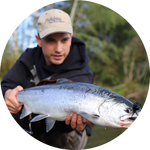

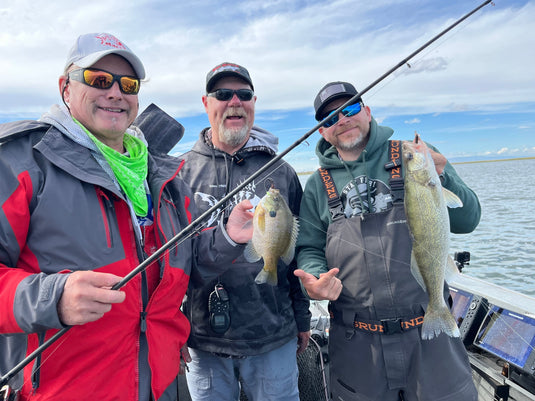
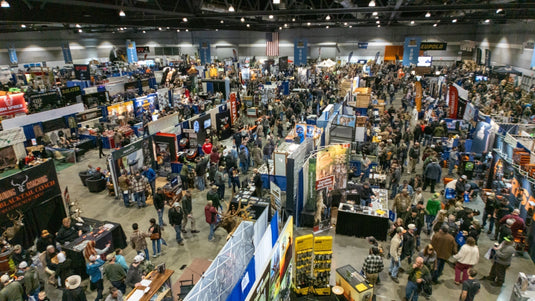
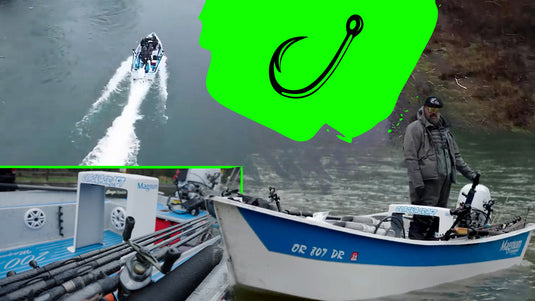

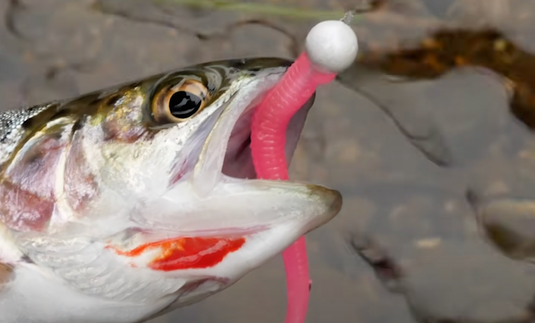

How much did you make off of gillnetting threatened and endangered species. I have heard gillnetters comment that the Columbia provides them with their “Christmas money”. The great majority gross less than $10,000, before fuel, nets and other gear. Wow, gillnetters are really going to be impoverished! We all know it’s a hobby-most are retired on pensions, or have a real job. Do you really think there will be gillnetting in 20 years? Your days are numbered!
I am a sport fisherman an a gillnetter. The gillnet fisherman have been used for years to mop up the excess escapement. Take the up river bride for example. They are wild king salmon that spawn in the Hanford reach. There is only fifty miles of free flowing river for them to spawn. Room for 250,000 kings salmon. In years when 1,000,000,000 fish come over the bar if they all made it to the spawning ground at Hanford they would dig up each other’s redds . no eggs would survive. So there would be 750,000 fish to harvest . Indian fisherman get half an the sportsman an gillnet fisherman split the rest. Is that too hard to understand by a bunch of greedy sportsman?